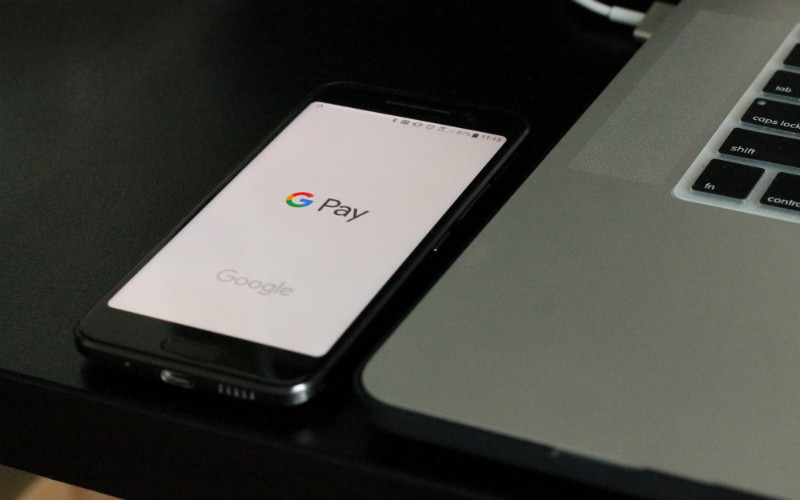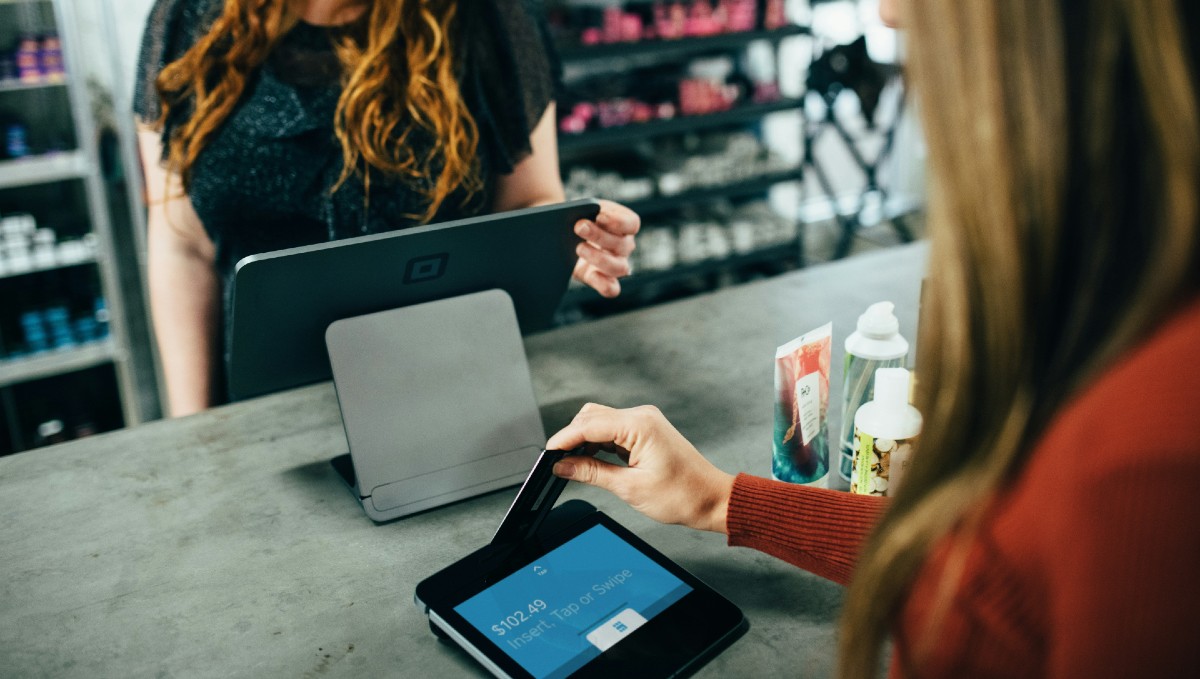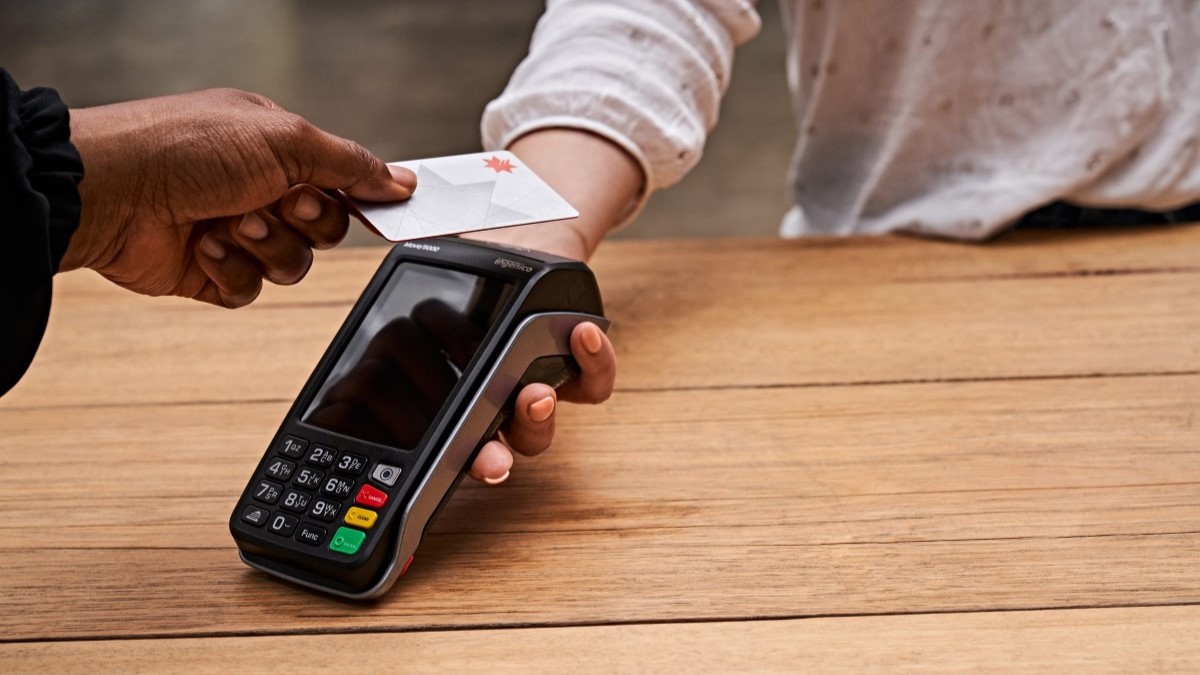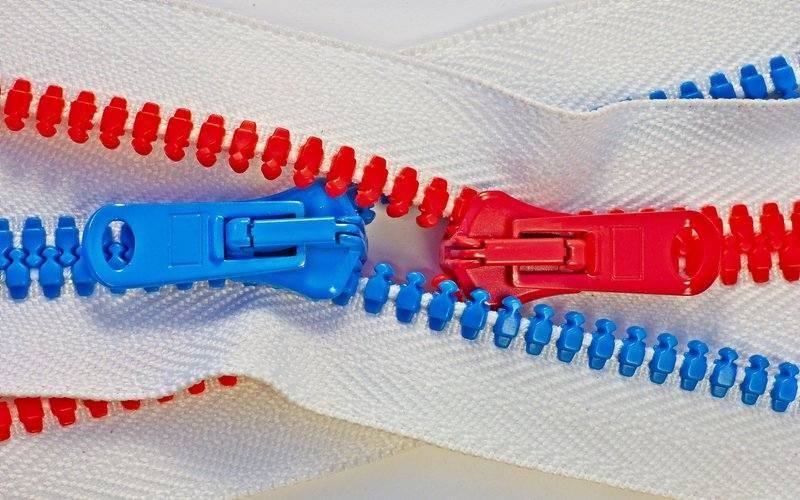The research from financial technology company ‘FIS’, found eWallets were the second most preferred way for online purchases.
Credit cards were the most popular payment method at 28%, while debit cards came in third.
Digital wallets were also the most preferred option for purchasing electronic goods, clothing and footwear online, accounting for 26% of all mobile purchases in both categories.
Only the health and beauty sector saw credit cards preferenced over digital wallets, with the two accounting for 25% and 23% of online purchases respectively.
The data was published as part of FIS’ 2019 Retail Global Payments Report, an in-depth analysis into payments trends in 16 countries from around the world.
While cards and bank transfers like POLI and BPAY account for 60% of all domestic eCommerce volume in Australia, the report shows a growing consumer preference for mobile commerce in general.
Mobile payments currently account for 31% of all retail eCommerce in Australia and are set to grow by up to 15% over the next four years.
Worldpay General Manager of Global eCommerce for Asia Pacific Phil Pomford said there is a fundamental shift happening as to how we pay for goods.
“Much like the rest of the APAC region, Australians are increasingly embracing digital payments, forgoing the more traditional credit-debit card combinations when shopping online, according to our 2019 Retail Global Payments Report,” Mr Pomford said.
Mobile commerce on the rise globally
The report also highlighted Australia’s strong overall eCommerce growth, which is expected to grow by almost US$40 billion by 2022.
Instore sales are projected to grow at a 3% compound annual growth rate, indicating the health of the retail industry in Australia.
Globally, mobile commerce is growing faster than any other channel, particularly in Asia, where it makes up 81% of eCommerce in China and 60% in Singapore.
According to the FIS data, digital wallets are also the most preferred method of payment for mobile commerce globally, making up 37% of online retail payments.
When it comes to payments at point-of-sale globally and locally, cash and cards are still king, accounting for 82% and 90% of all purchases.
“In order for Australian retailers and merchants to succeed in the increasingly noisy eCommerce landscape, they need to understand local consumer preferences and offer the right mix of payment methods to meet their expectations,” Mr Pomford said.
“It’s not about offering every available option, but rather focusing on those that best suit your business model and match the needs of your customers.”
Retail spending sluggish
Retail sales for September rose 0.2% in seasonally adjusted terms, driven by sales at cafes, restaurants and fast food.
Economists had widely predicted an increase of 0.4%, with spending at department stores and sales on hardware and footwear down.
The government’s tax cuts and the RBA’s three cash rate cuts have appeared to do little to boost retail spending.
In a statement, Shadow Treasurer Jim Chalmers said the government was to blame for the poor figures.
“Weak outcomes like this are the inevitable consequence of a Government with a political strategy but not an economic plan,” Dr Chalmers said.
“It is time Josh Frydenberg and Scott Morrison brought forward a budget update to fix their forecasts and properly outline an economic plan that supports the floundering economy and better safeguards it from global risks.”



 Harrison Astbury
Harrison Astbury
 Denise Raward
Denise Raward

 William Jolly
William Jolly


